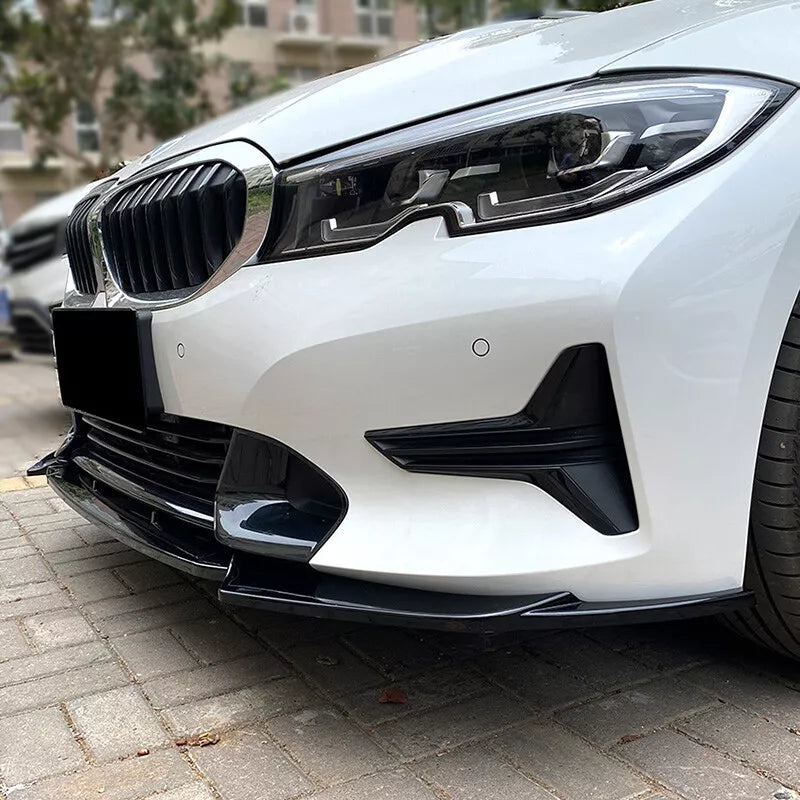
Complete DIY Guide: How to Install a Roof Rack on Cars Without Factory Rails
Installing a roof rack on a car without rails might seem challenging, but with the right tools and approach, it's entirely doable. Roof racks significantly expand your vehicle's carrying capacity, allowing you to transport bikes, kayaks, cargo boxes, or other bulky items. This comprehensive guide will walk you through everything you need to know about installing a door frame mounting system or clamp-style roof rack on vehicles without factory rails.
Roof Rack Options for Cars Without Rails
Cars without built-in roof rails require specific mounting systems. The most common solutions include door frame mounts, rain gutter attachments, and clamp systems that secure to the vehicle's door frame or window wells. Before purchasing any equipment, you need to identify which system is compatible with your specific vehicle make and model.
Most major roof rack manufacturers like Thule, Yakima, and Rhino-Rack offer "fit guides" on their websites where you can enter your vehicle information to find compatible systems. These guides are essential as they ensure you purchase equipment specifically designed for your car's dimensions and structure.
Essential Tools and Materials
Before starting the installation process, gather these necessary items:
- Complete roof rack system designed for your vehicle
- Measuring tape
- Torque wrench (if specified by manufacturer)
- Clean cloths
- Rubber protectors (if not included in kit)
- Assistant (recommended for larger systems)
- Vehicle owner's manual
The installation kit should include detailed instructions specific to your vehicle. These manufacturer instructions should always take precedence over general guides.
Preparing Your Vehicle
Proper preparation ensures a secure fit and prevents damage to your car's finish:
- Thoroughly clean the roof and door frames where the rack will be mounted, removing all dirt and debris that could interfere with proper fitting or scratch your paint.
- Review your vehicle's weight capacity limits in the owner's manual. Every car has a dynamic weight limit (maximum weight while driving) and a static weight limit (maximum weight while parked).
- Park on a flat, level surface and ensure all doors are fully closed before beginning measurements.
Installation Process for Door Frame Mounts
The most common method for railless vehicles involves clamps that attach to the door frame:
- Position the crossbars according to the manufacturer's specified measurements. Most kits include vehicle-specific positioning guides indicating exact placement locations.
- Open the doors where mounts will be installed. Each mount typically has a part that fits over the door frame and another that rests on the roof.
- Attach the foot packs to each tower according to the specific instructions. These foot packs are designed to conform to your car's roof curvature.
- Position the assembled towers on the door frames at the recommended locations. Most systems require precise measurements from fixed points like the windshield or door frame edges.
- Tighten the clamps to the specified torque. Over-tightening can damage your vehicle while under-tightening creates safety hazards.
- Install the crossbars by connecting them to the towers and tightening all fasteners to the specified torque values.
- Perform stability checks by gently rocking the installed rack in all directions. There should be minimal movement.
Installing Clamp-Style Systems
Some vehicles use clamp systems that attach to the doorframe without requiring you to open the doors:
- Identify the mounting points where the clamps will attach. These are typically in the door frame's fixed section.
- Apply protective pads if included with your kit to prevent paint damage.
- Position the mounting feet according to the manufacturer's specifications, usually measured from reference points like the windshield edge.
- Secure the clamps by tightening them gradually, alternating between different points to ensure even pressure distribution.
- Attach crossbars to the mounting feet and secure them according to instructions.
Final Checks and Adjustments
After installation, perform these critical safety checks:
- Verify all connections are secure by testing each mounting point.
- Check all measurement specifications against the manufacturer's guidelines.
- Test the load capacity with a light load before attempting to carry maximum weight.
- Plan a short test drive to confirm everything remains secure under actual driving conditions.
- Check and retighten all components after your first trip and regularly thereafter.
Maintenance Tips for Longevity
To ensure your roof rack remains safe and functional:
- Regularly inspect all mounting points for signs of wear or loosening.
- Clean the rack system to prevent corrosion and maintain appearance.
- Apply silicone lubricant to moving parts if recommended by the manufacturer.
- Remove the rack when not in use to improve fuel economy and reduce wear.
Conclusion
Installing a roof rack on a car without rails requires careful attention to the manufacturer's specifications and proper mounting techniques. While the process might seem complex initially, following this guide ensures a secure installation that will safely transport your gear for years to come. Remember that proper installation is crucial for both your safety and the protection of your vehicle and cargo.
